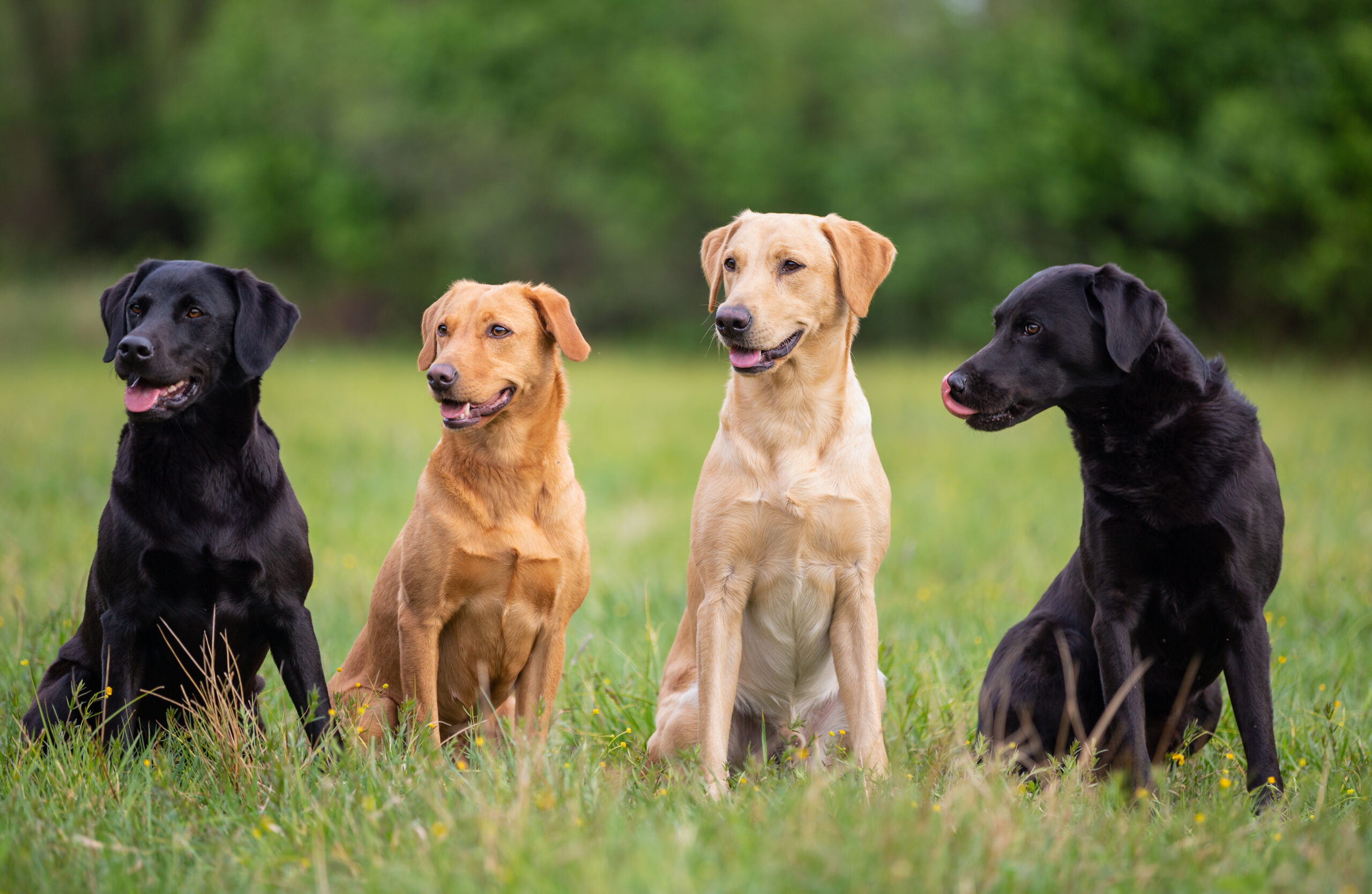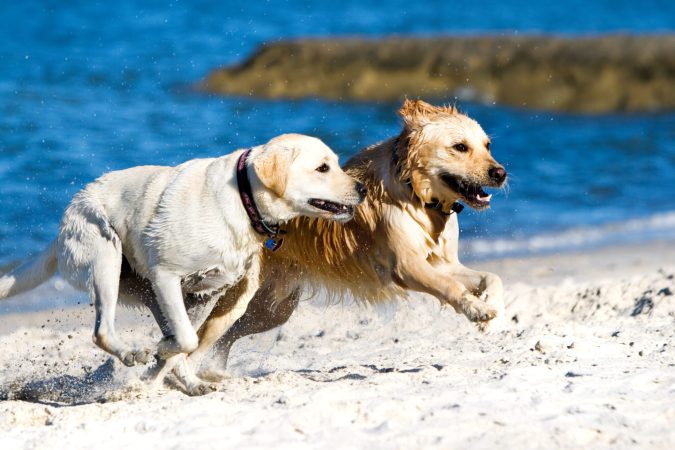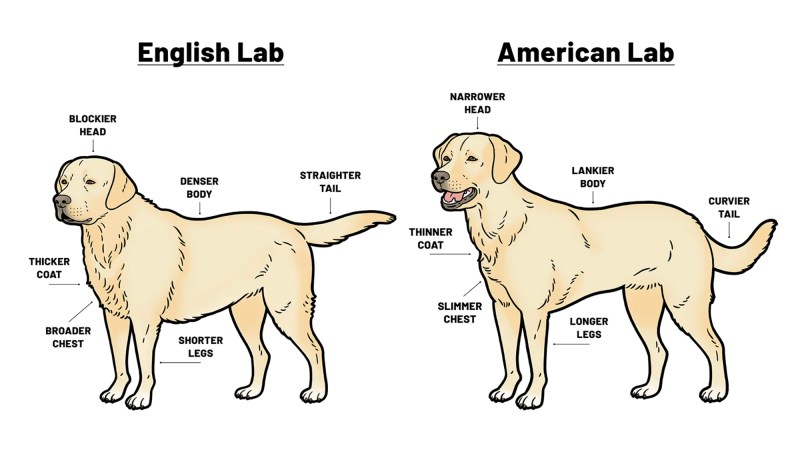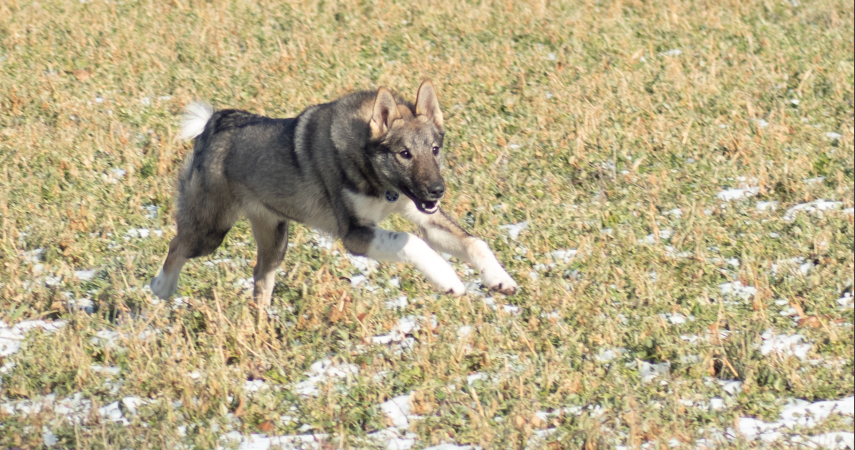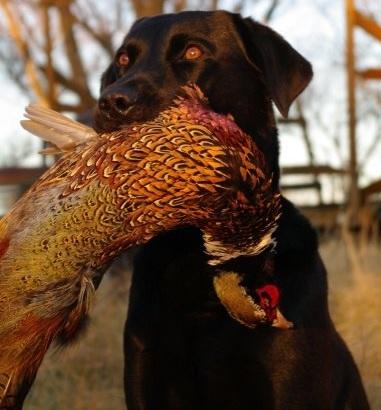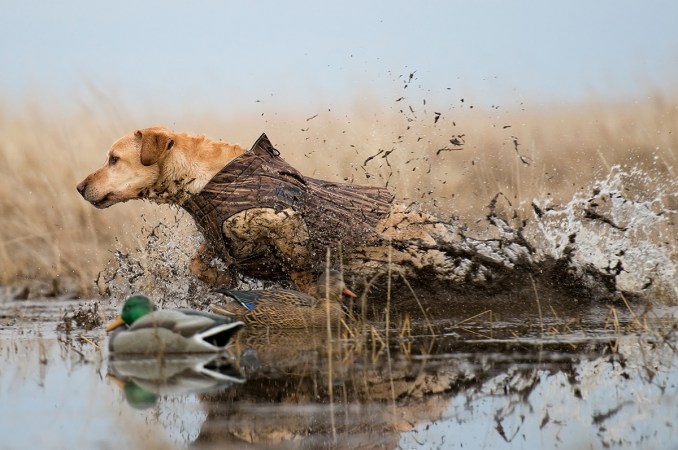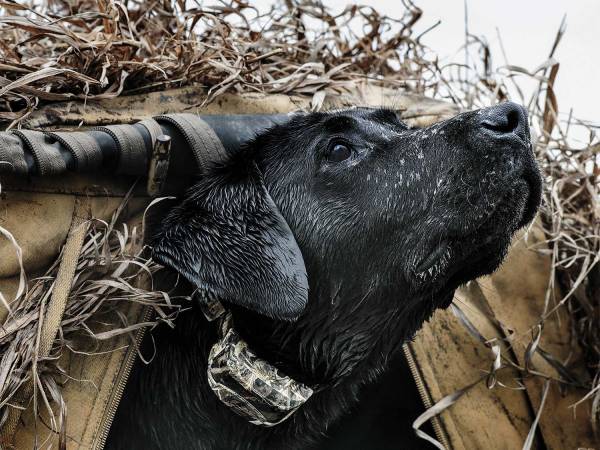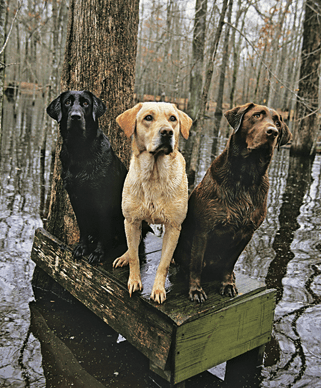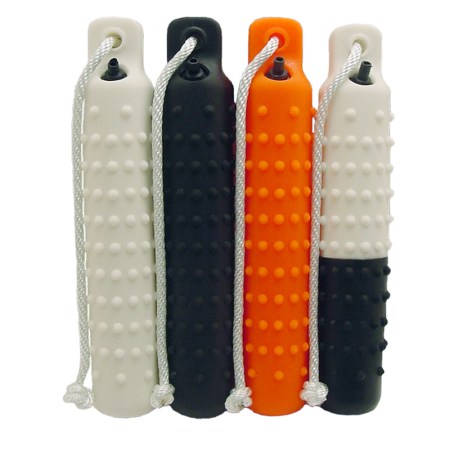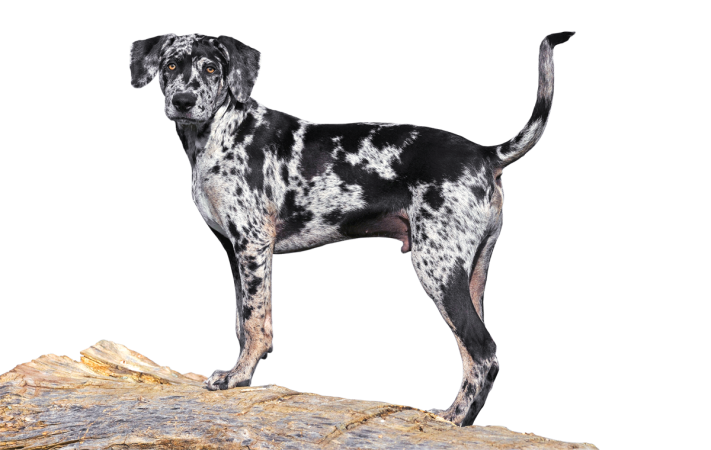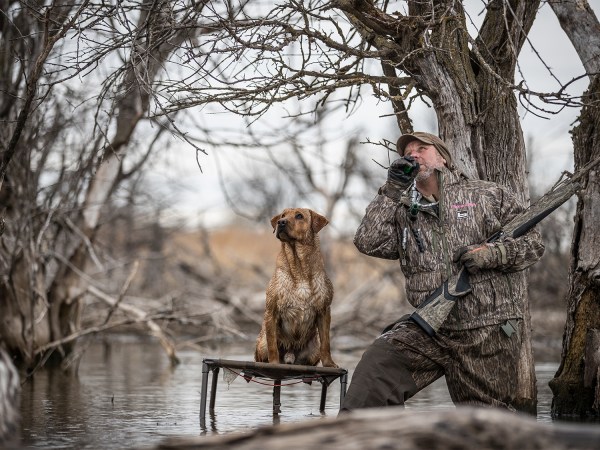Throughout the history of America’s favorite dog breed, Labrador retriever colors have traditionally been classified as black, chocolate brown, or yellow. If you ask the American Kennel Club, those are the only acceptable colors for a Labrador. And even then, those dogs must have other specific color features (like dark noses and lips) to count as true Labradors.
But lately, non-traditional Labrador retriever colors have increased in popularity. The coats on these dogs look like faded versions of the traditional colors. Charcoal, silver, champagne, and white Labs have all emerged on the scene. They simultaneously enchant dog-loving Americans who want something new and different—and frustrate the traditional crowd of Lab owners and trainers who don’t approve of the breeding decisions that result in these non-traditional coat colors.
So where did these new colors come from? Are they associated with health problems? Are these “designer” Labs going to overtake the traditional breed-standard colors of black, chocolate, and yellow? Here’s the lowdown on all the Labrador retriever colors out there.
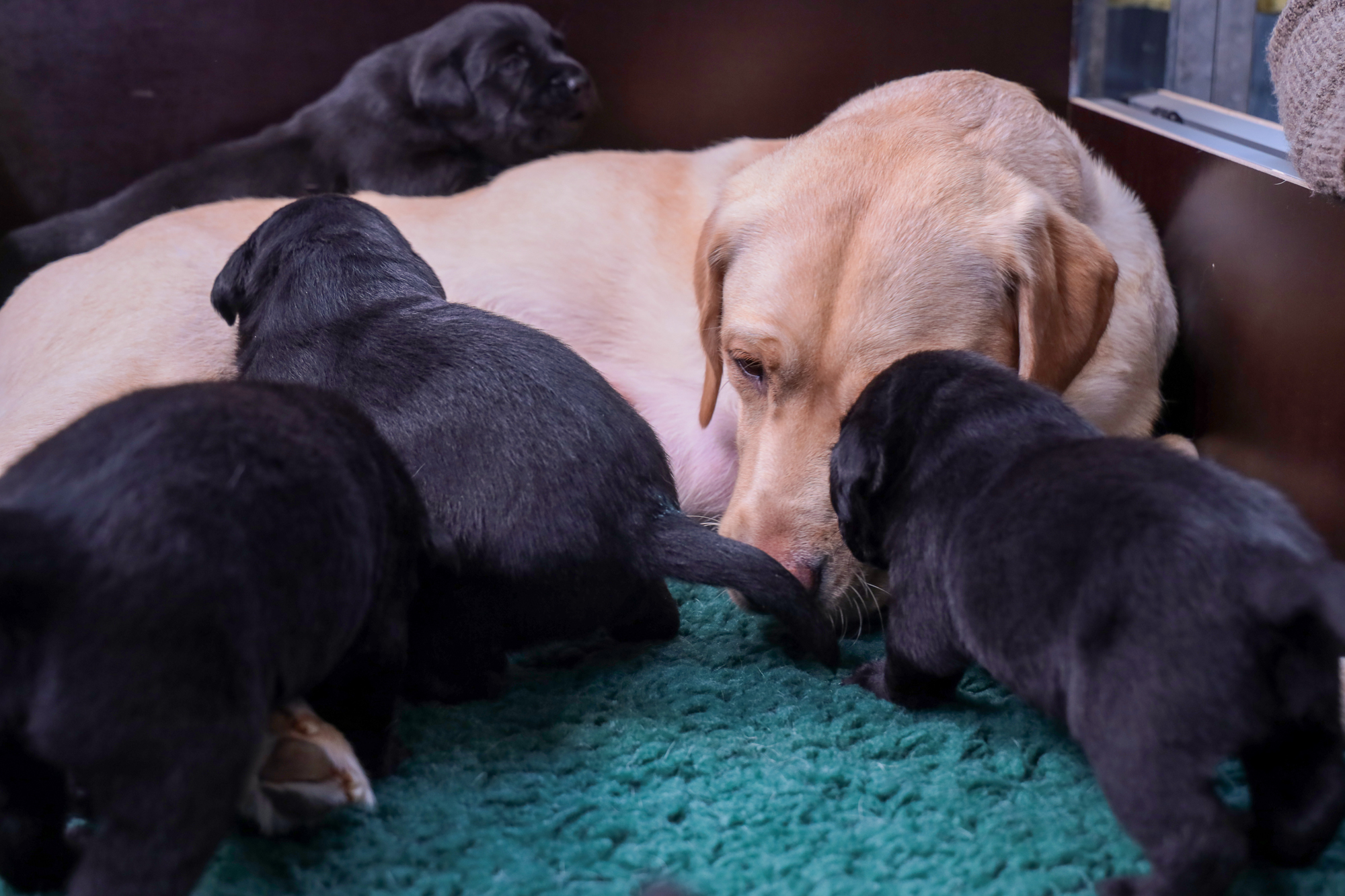
The Traditional Labrador Retriever Colors
Black is the most dominant color in the history of Labrador retrievers. The dogs that Labs originate from, St. John’s dogs, were all-black with white tuxedo markings on their chests and paws. Once multiple generations of Labrador retrievers reproduced, recessive-gene colors like chocolate and yellow emerged from other bloodlines. Before the 20th century, breeders didn’t value these colors, breeder and co-owner of DuckCreek kennels Peggy Stalnaker tells Outdoor Life.
“The breeders would cull the runts or any weird-colored dogs,” says Stalnaker, who lives and breeds Labs of various colors in Winfield, Kansas. “They didn’t want to get the reputation that their females [whelped] funky-colored animals. People would think she wasn’t true full-blood, when she actually was.”
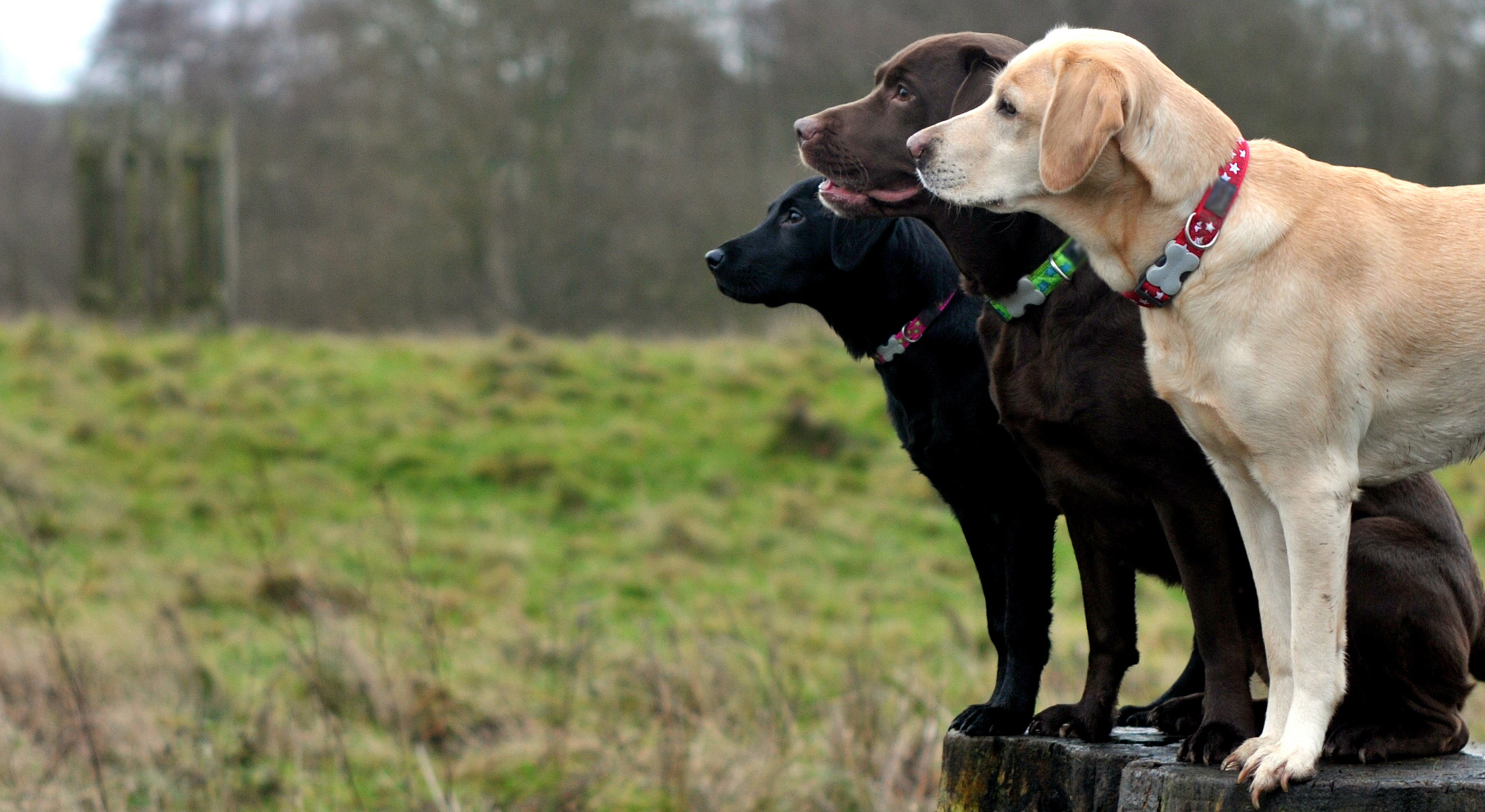
Eventually, dog owners began to value chocolate and yellow Labs, and official kennel clubs around the world began accepting these coat colors as part of the breed standard. The Labrador retriever was first registered as a breed with the Kennel Club of England in 1903 before the AKC registered them in 1917.
Labrador Retriever Colors Are Determined by Genetics
A series of genes determine what color an individual Labrador retriever will be. The sire and dam that produce the litter of puppies pass down those genes to the offspring. Different combinations of genes result in different coat colors, AKC judge and Labrador retriever breeder Margaret Wilson tells Outdoor Life.
If you don’t remember the genetics unit from your high-school biology class, here’s a quick recap.
Black Labs and Chocolate Labs
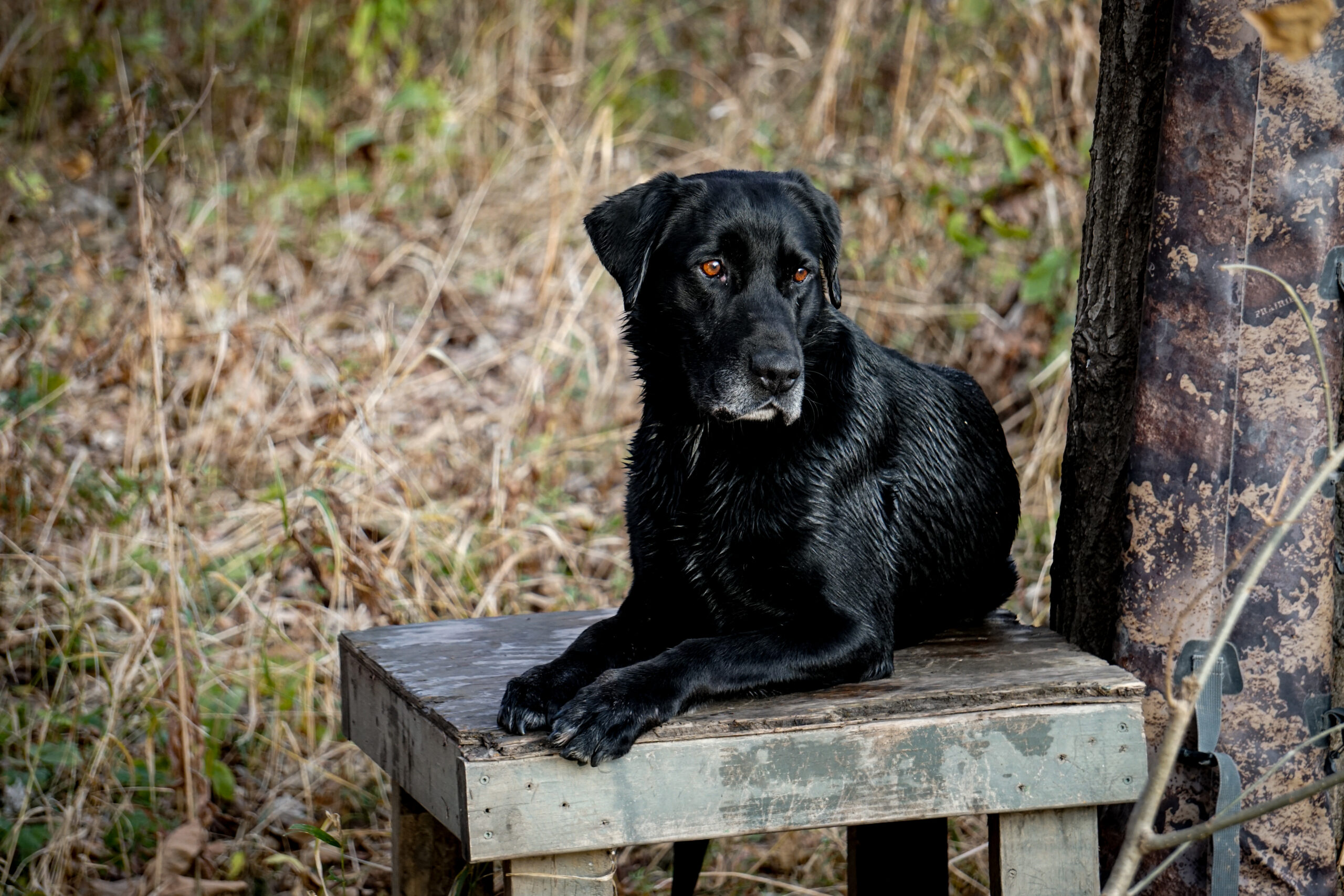
The black coat color gene is dominant, Wilson explains. The chocolate coat gene, on the other hand, is recessive. (We’ll get to yellow coat genes in a second.)
Say two black Labs breed and produce a litter of pups. If just one of the parents—in this example, the sire—has all-black genes, none of their puppies will be chocolate. All the pups will be black Labs. That’s because the black genes from the sire will dominate any recessive chocolate genes the dam might contribute. But if both black Labs each have a recessive chocolate gene in their genetic makeup, there’s a chance the litter could include chocolate pups.
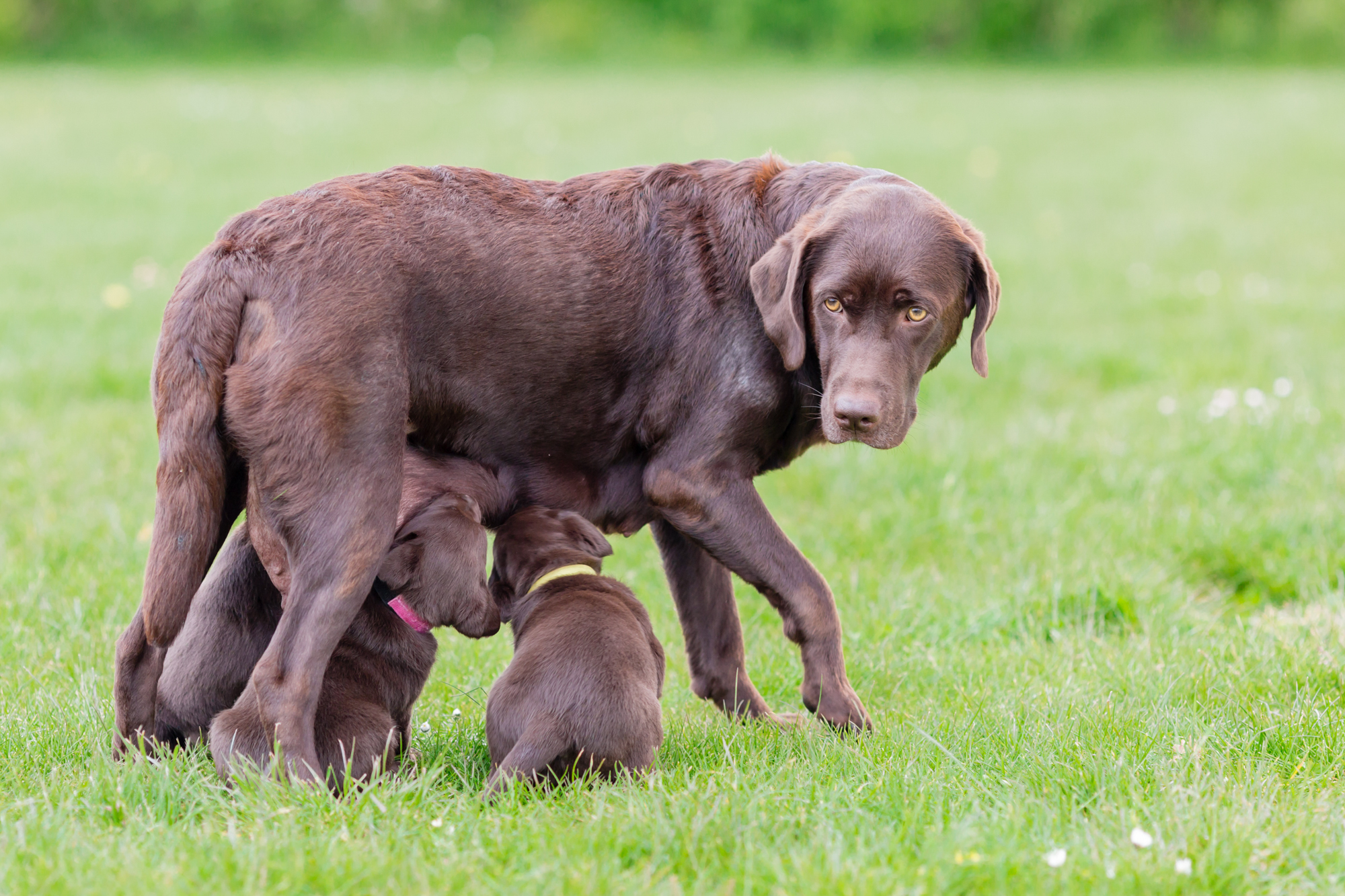
The same is true for a black Lab that breeds a chocolate Lab. If the black Lab only has black genes to pass down, all their puppies will be black. But if that black Lab has a recessive chocolate gene to pass down, the litter could include both black and chocolate pups. That’s because a chocolate Lab only has recessive chocolate genes to pass along.
Two chocolate Labs can only produce a chocolate litter, Wilson explains. Those are known as “homozygous chocolate” Labrador retrievers. All these dogs—the parents and the offspring—only have recessive chocolate genes. There aren’t any dominant black coat genes present to “switch off” the chocolate color.
Yellow Labs
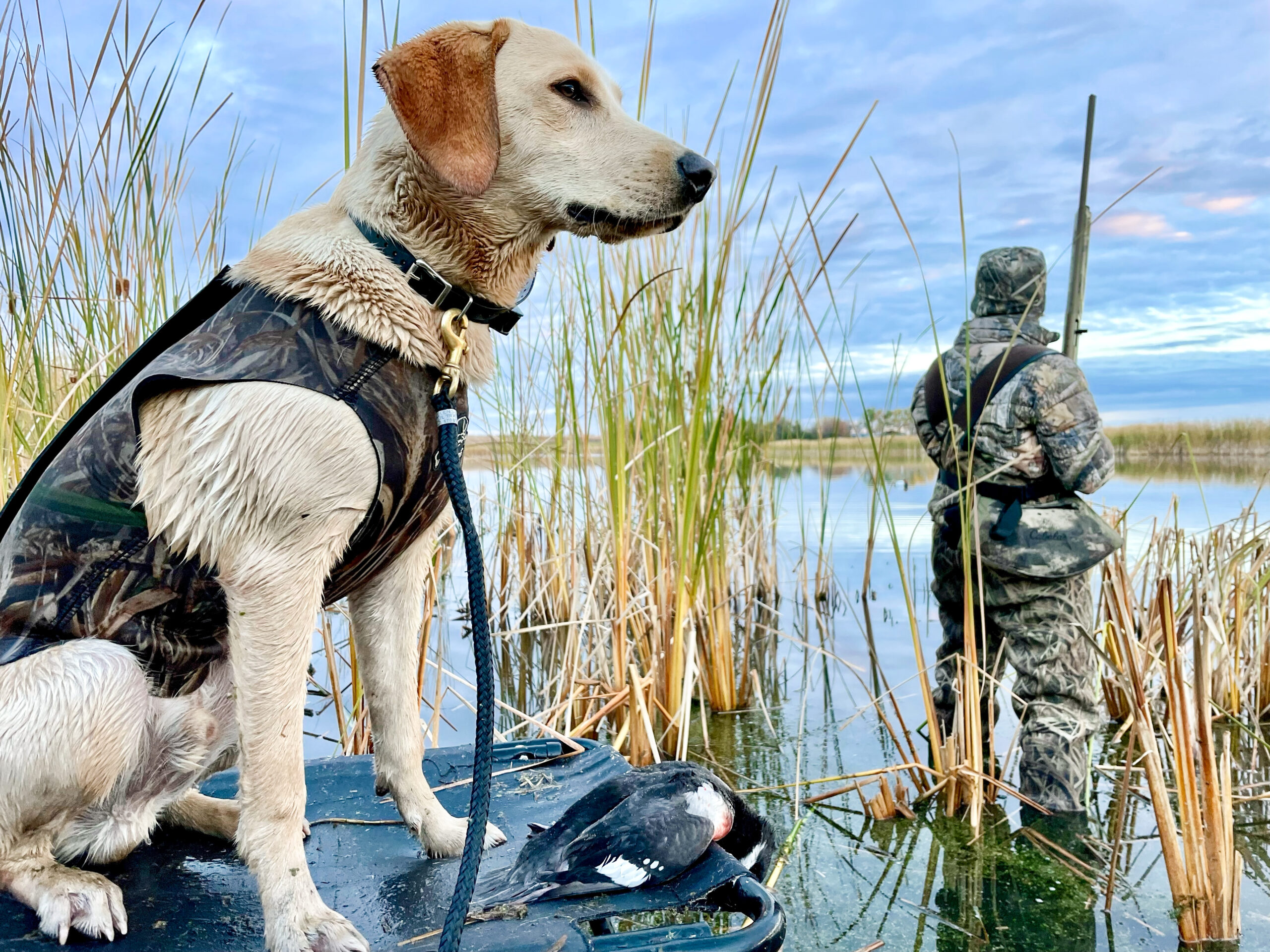
Yellow coats come from an entirely different pair of genes than black or brown coats. The black or brown Labrador retrieve color coat genes are called “B” genes, and the yellow coat genes are called “E” genes, according to the UC Davis School of Veterinary Medicine.
Here’s where things get really complicated: The dominant E gene can’t cancel out the black or brown coats. If either parent passes down a dominant E gene, the puppy’s coat will be black or brown. But, if both parents have a recessive gene (represented by a lowercase “e”) to pass on and a puppy receives them from both parents, those combined recessive genes will overpower either the black or brown trait and present a yellow coat.
Read Next: The Best Hunting Dog Names
Yellow Labs have the widest range in coat color while remaining within the AKC breed standard, Wilson says. Yellow Labs must have dark, heavily-pigmented noses, eyes, and lips, but their fur can range from a lighter vanilla to fox red.
Fox Red Labs
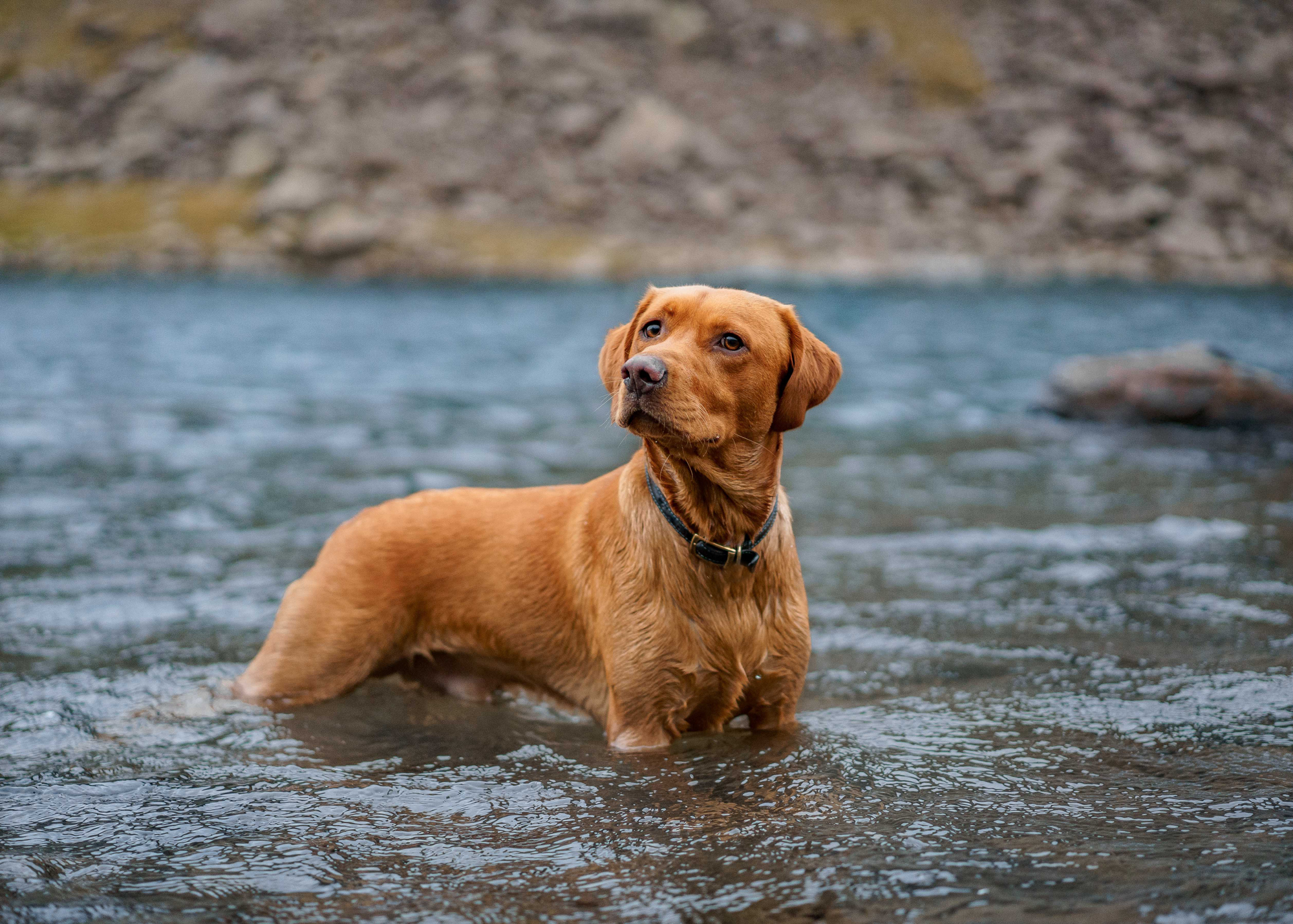
This lesser-known Labrador retriever color often gets mentioned alongside other “designer” coat colors, and it certainly appeals to people looking for a classic Lab personality with a newer look. But in reality, the earliest yellow Labs were fox red, Wilson says. The color was first documented toward the end of the 19th century, and today, this coat variation is well within the AKC breed standard for yellow Labs.
“Over time, some of the lighter colors became more popular,” she says. “Now there’s [been] a more recent resurgence in the past 30 years and the fox red is gaining more popularity every year. They’re absolutely legitimate.”
These darker yellow Labs are becoming especially popular among hunters, since the color blends into most habitat types.
Yellow Labs with Pink Noses
Other iterations of the yellow Lab fall outside of the breed standard. One of the more common falters is the light brown or pink nose, lips, and eyes.
Something as trivial as a dog’s nose or jowls might not seem like a big-enough deal to warrant disqualification from AKC breed standards. But from a health perspective, says Wilson, yellow Labs with light features are more prone to complications.
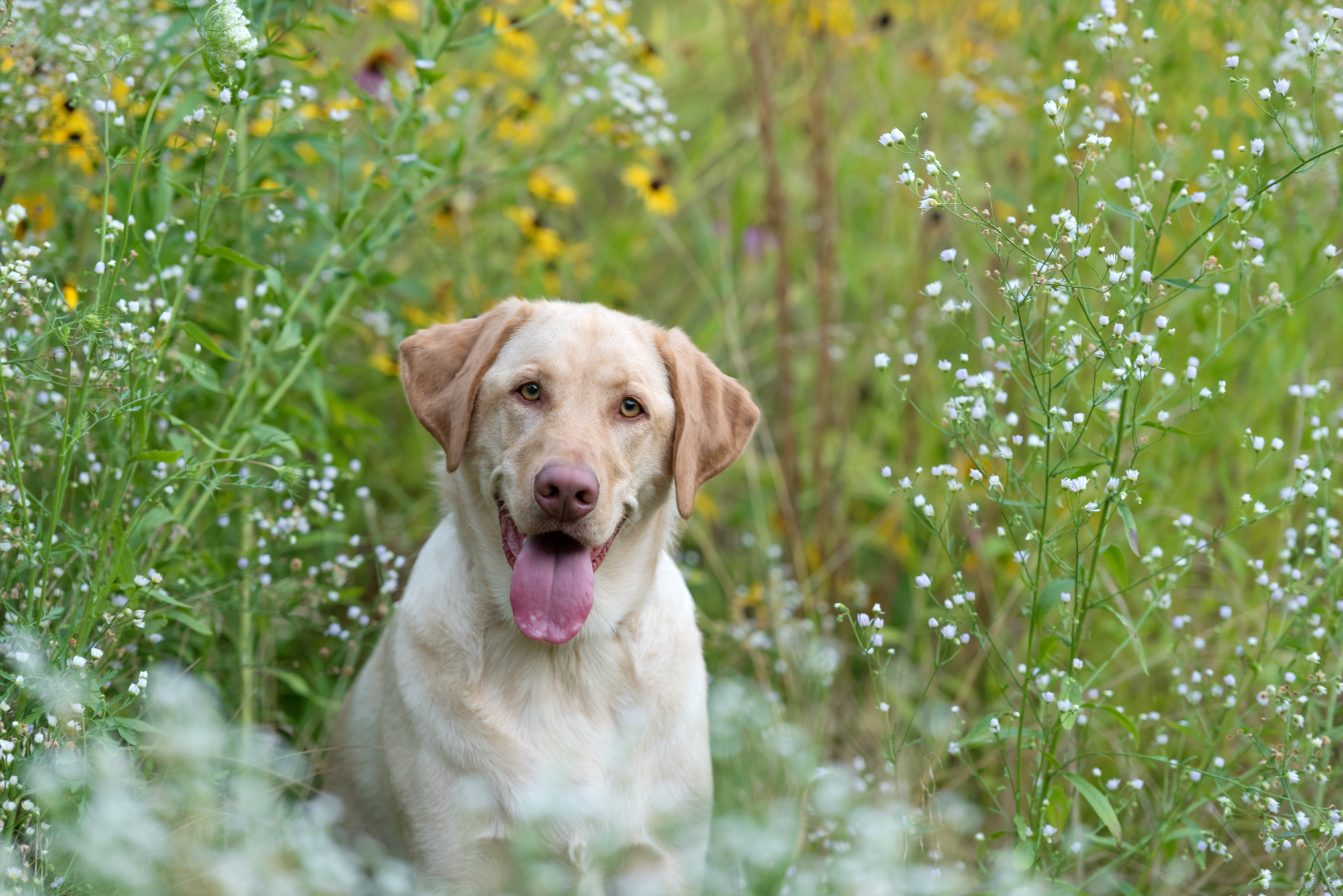
These features often show up in yellow Labs with chocolate Lab parents. While the recessive “e” gene makes the coat yellow, the dog’s nose, eye rims, and lips will have less pigment like those of a chocolate Lab. (If you look closely at a chocolate Lab, you’ll notice that, despite their dark fur, their eye rims, lips, and nose are actually light in color.) This can make the skin more prone to sunburn or melanoma. Lighter, more sensitive eyes also make it harder for the dog to work properly in the field. That’s why yellow Labs with the eyes, lips, and nose of a black Lab are more desirable for working, trial, or hunting dogs. If Labs have black noses, lips, and eyes, they’re more protected from the sun and their vision is better suited for outdoor work.
Which Traditional Labrador Retriever Color Is Best?
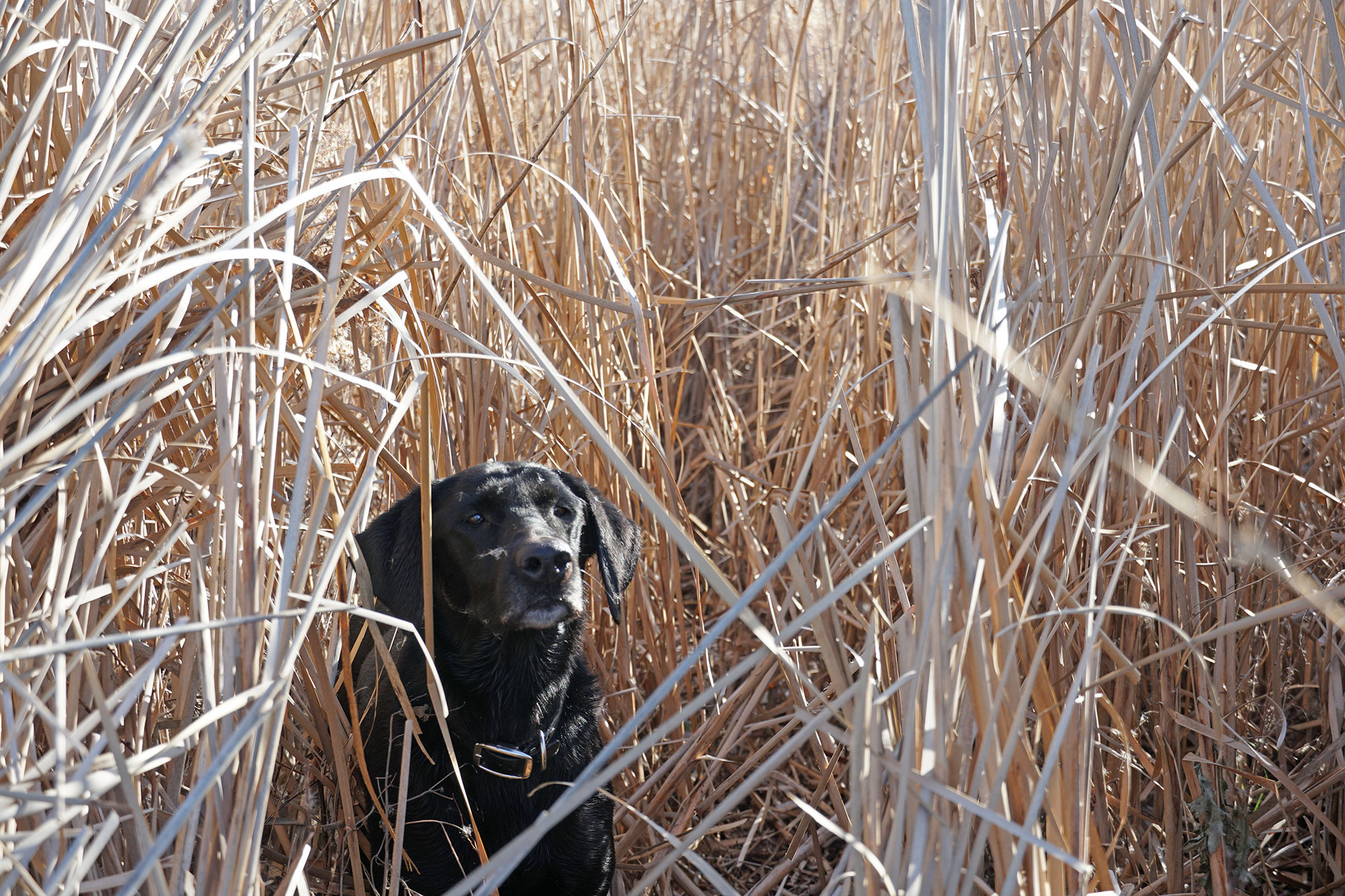
The best traditional Labrador retriever color is, of course, a matter of personal preference. Each color has their pros and cons.
Yellow Labs
- Are harder to disguise in marsh and timber
- Are tougher to keep track of during an upland bird hunt since they tend to blend into grassy cover
- Identifying ticks, cuts, and abrasions is easier on their light coats
Black Labs
- Are easier to disguise in many waterfowl environments, including marsh and timber
- Are easier to spot while working thick upland cover
- Their dark coat makes it harder to notice ticks, blood, and thorns
Chocolate Labs
- Are the least traditional of the traditional Labrador retriever colors
- Have amassed a loyal following over the years
- Blend well into most habitat types and environments
Non-Traditional Labrador Retriever Colors
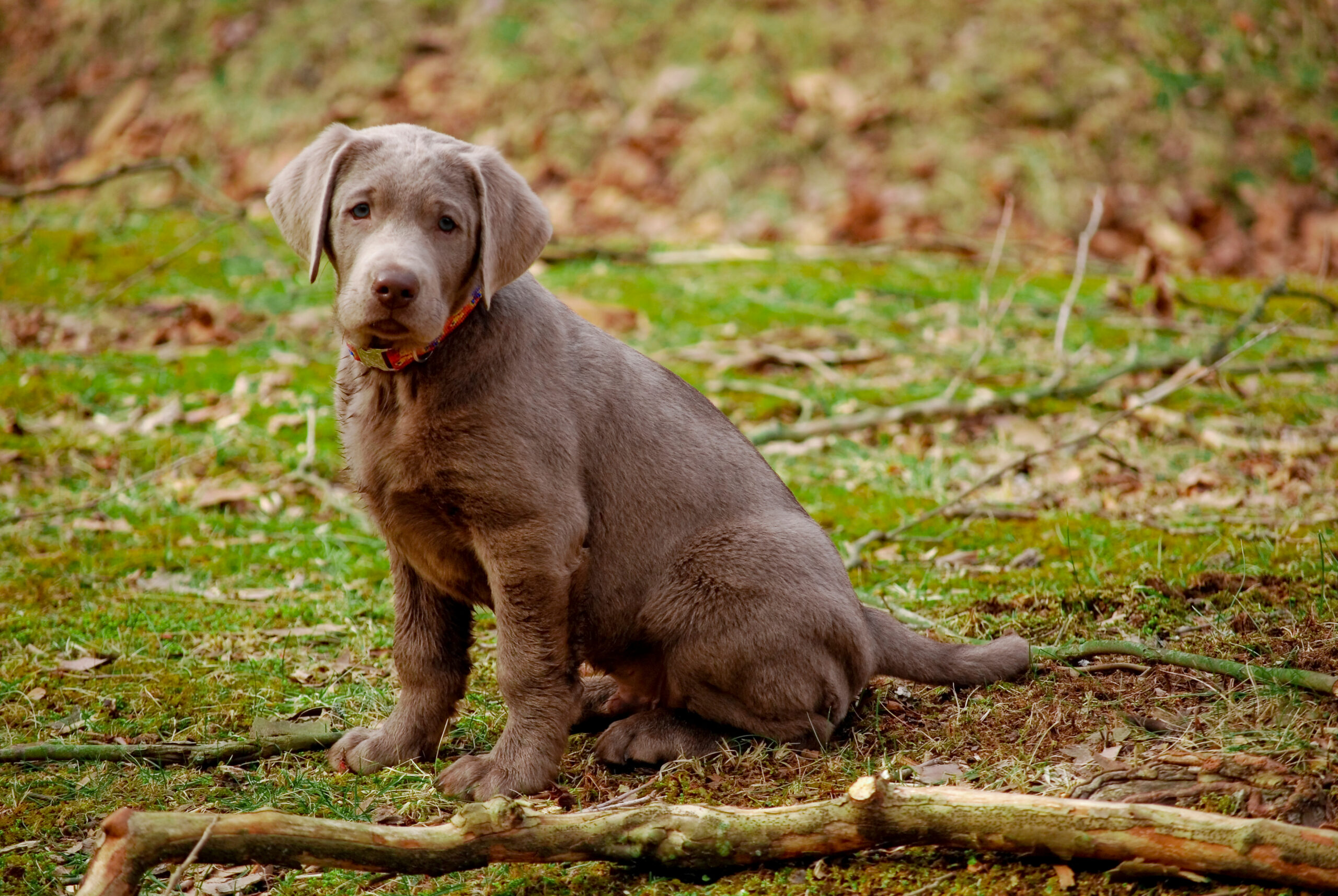
Beyond the world of AKC breed standards and traditional bloodlines lies a popular demand for something new and different. The results of this demand are a variety of Labrador retriever colors that aren’t formally recognized by the AKC, but that get peoples’ attention—and money—nonetheless.
White, champagne, silver, and charcoal Labs are all products of breeding focused on the “dilute” gene. This gene is entirely separate from the black and chocolate coat gene (B) and the yellow coat gene (E), and it is denoted by the letter “D.” When puppies inherit the dominant “D” gene from either or both their parents, their coats won’t be a diluted color, according to the UC Davis School of Veterinary Medicine. But if a pup inherits the recessive “d” gene from both parents, the coat will be diluted, or lighter in color. Black Labs will become charcoal, chocolate Labs will turn silver, and yellow Labs will turn either champagne or what is known as polar white.
Dilute breeding to produce non-traditional Labrador retriever coat colors has its controversies. The practice is particularly frustrating to the traditional Labrador retriever community that strictly adheres to AKC purebred standards.
“I call them ‘silveristas,’ because I consider these people to be a dilute terrorist organization that is undermining the integrity of the breed,” Wilson says. “And it’s not to better the breed at all, it’s to somehow give them credibility with the unsuspecting public.”
Where Did Dilute Labrador Retriever Colors Come From?
Wilson rehashes a story of the first documented silver Lab, which she says was supposedly born in Wisconsin in 1985 to a chocolate Lab female and a chocolate Lab male. But the breeder, who Wilson says she knew about through a friend, was having trouble with a Weimaraner on his property at the time. When the litter arrived, some of the pups were chocolate Labs and some were silver.
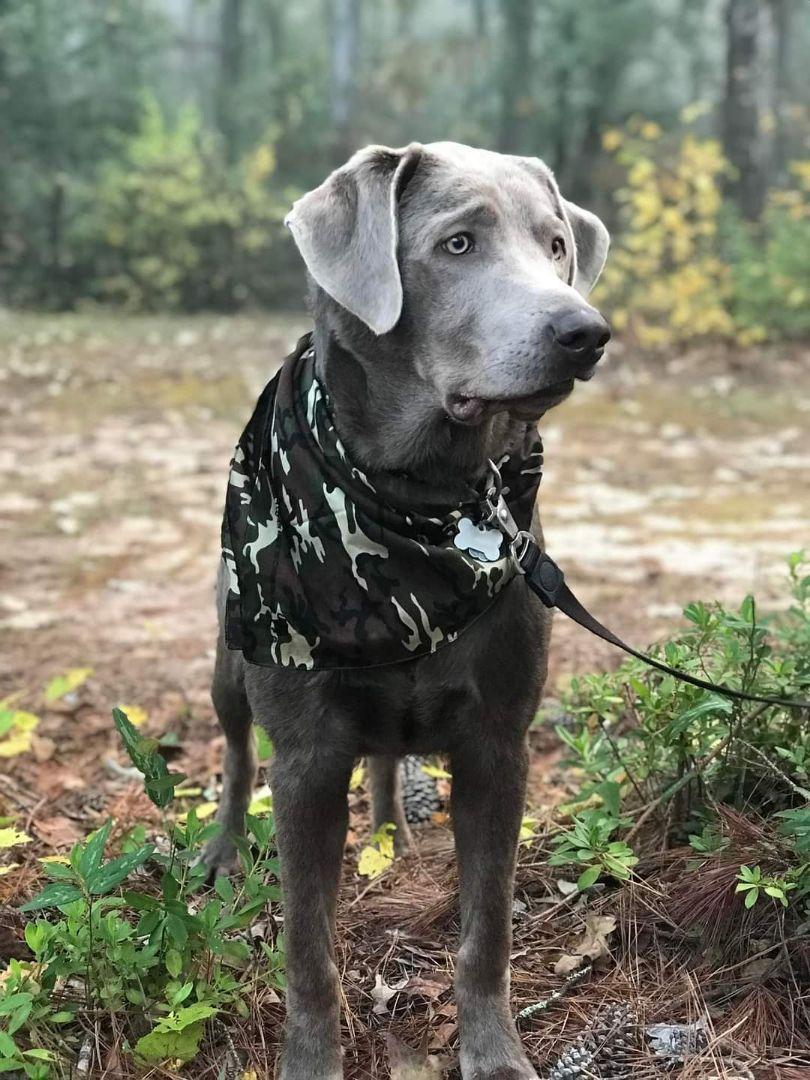
“So he registered them as ‘silver,’” says Wilson, who suspects the rogue Weimaraner was actually the sire. “Back in those days, the [AKC] hard copy registration form listed Labrador colors as black, yellow, or chocolate, but there was a box off to the side labeled ‘other.’ He filled in ‘silver.’”
Eventually, the Labrador Retriever Club (the only AKC-recognized parent club of the breed) caught wind of these so-called silver Labs. They forwarded the information to the AKC, who dispatched a field inspector to determine the genetics of the pups. (This was a tricky assignment in the era before modern DNA testing and microchips. The breeder presented a chocolate female as the dam and said the sire, which had been on loan as a stud, was back in the northern part of the state.
“So the field inspector took some photographs that, to my knowledge, no one’s ever seen, and we don’t know what colors [the dogs] were. The only photo that I’ve ever seen of the first registered silver was in a sepia-toned photograph,” Wilson says. “You can’t tell [what color the dog is].”
(We were not able to corroborate this story, but the Labrador Retriever Club does claim that the original silver Lab breeders were also involved with Weimaraners.)
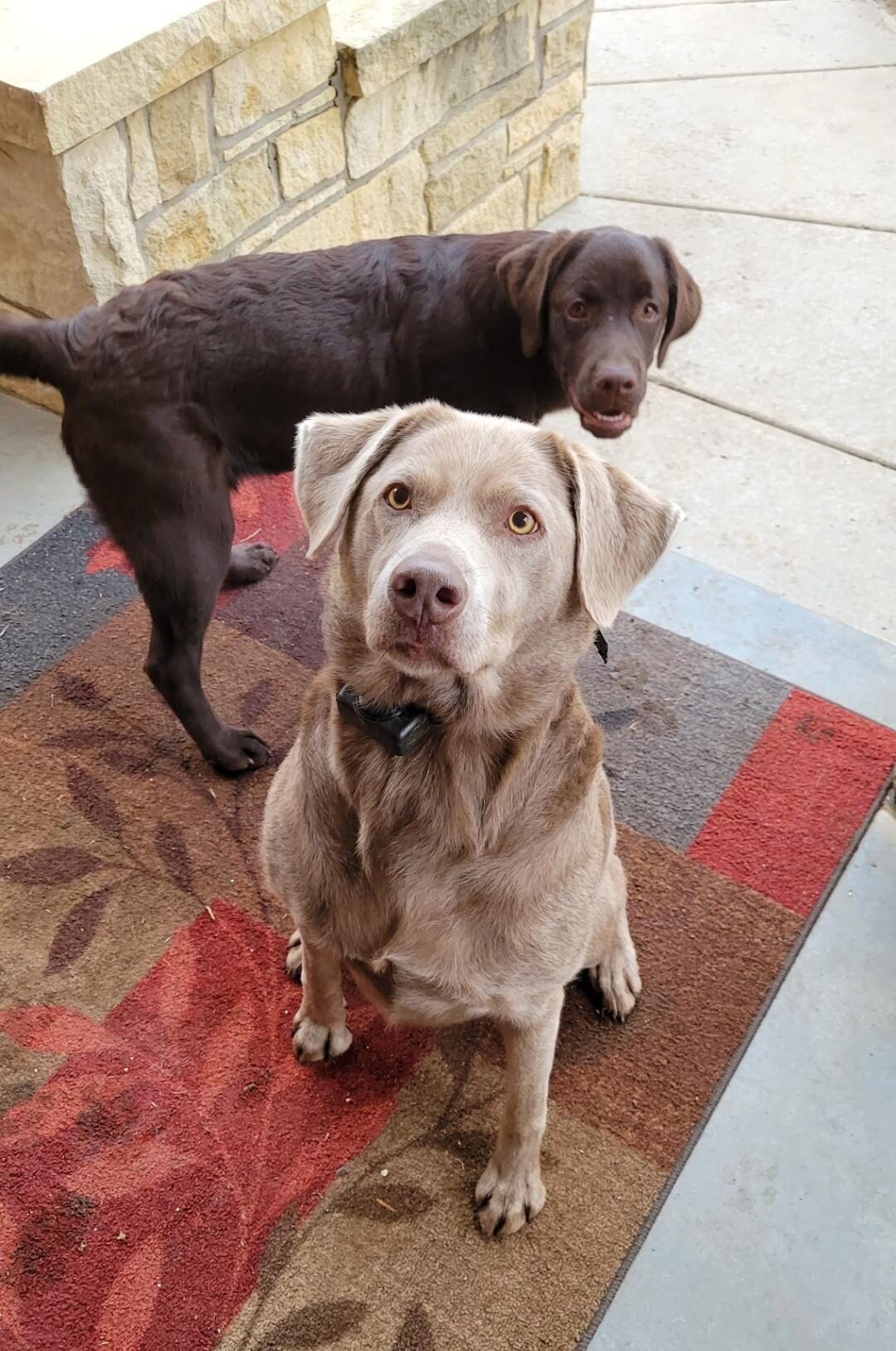
Stalnaker, who breeds dilute Labs at DuckCreek, doubts this version of the silver Lab origin story, given what she knows about dilute genetics. Her hunch is that a few true recessive dilute puppies were born by accident.
“The traditionals will say, ‘Oh they have Weimaraner in them.’ But [Weimaraners] are totally different [than Labs]. I’m not saying that somewhere along the line, less-honest breeders haven’t thrown a Weimaraner in somewhere to try to pull more of the dilute colors. I’ve seen Labs that looked kind of Weimaran-y. But I don’t know. It’s just an argument that will go on and on.”
Stalnaker quotes a book written by breeder and hunter Mary Roslin Williams in 1969, titled The Dual Purpose Labrador. (Stalnaker points out that this book was published well before the first documented cases of dilute Labs in the United States.)
“It says that she has heard of a smokey-colored Lab, but she herself has never seen it.”
Does the Dilute Gene Cause Health Issues in Labrador Retrievers?
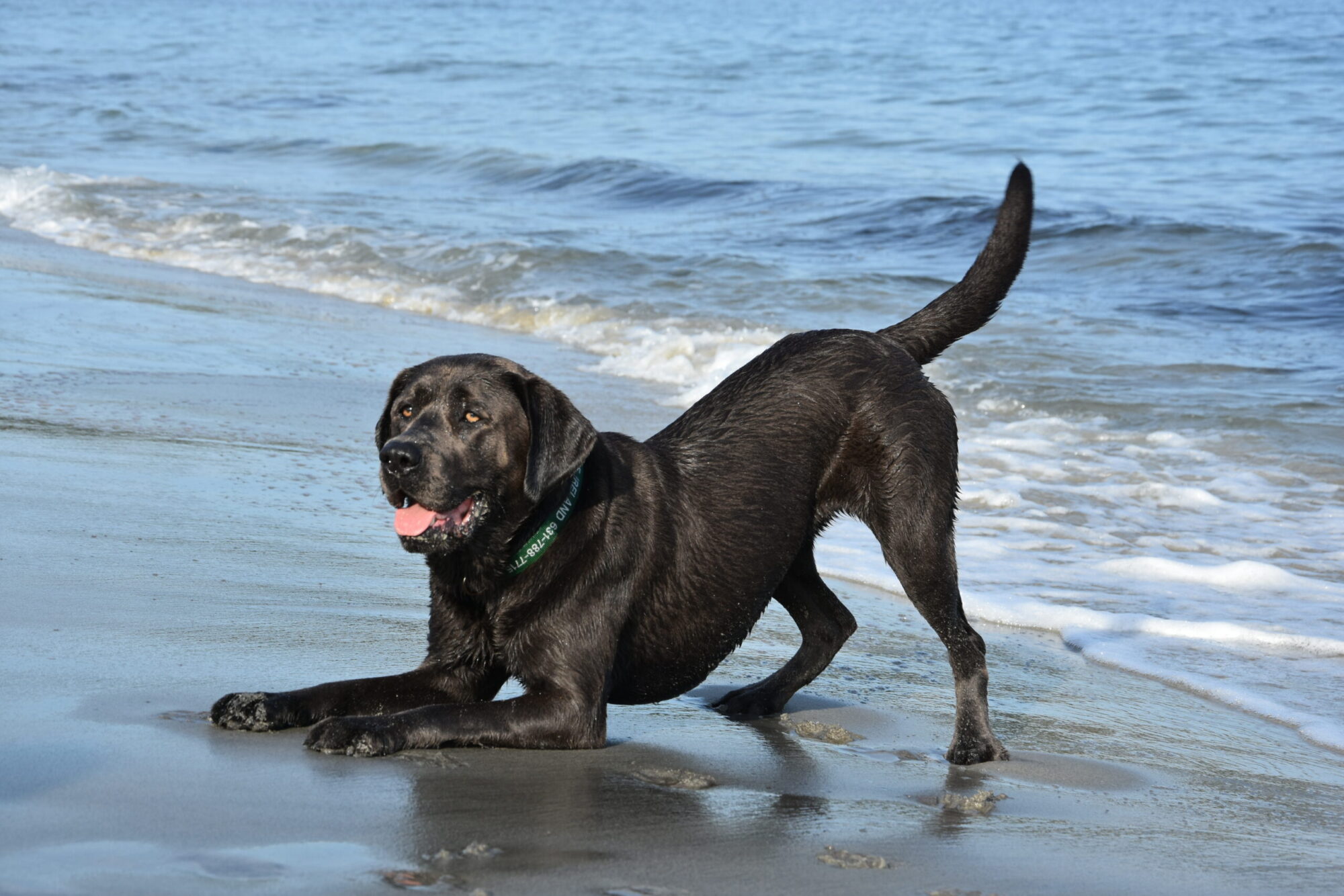
Stalnaker says she takes meticulous care to produce the healthiest dogs possible. When dilute Labs became popular, she explains, attempts to meet consumer demand resulted in some problematic inbreeding. This resulted in dilute Labs that were less genetically diverse and had higher chances of genetic health issues. But Stalnaker puts all her dogs through extensive genetic testing to determine any predispositions for these issues, which range from dwarfism to exercise-induced collapse syndrome to excessively dry noses.
“We test for 17 or 18 different genetic disorders at this time. But this isn’t specific [to the dilute gene itself],” Stalnaker clarifies, adding that it is standard practice among reputable Labrador breeders (of any color) to perform key genetic health tests before breeding. “Dilute Labs do have a tendency toward fur issues, where they don’t have a full undercoat and a full overcoat. Their fur would be really thin. But I haven’t had that with any of my dogs. Some of them had coats that weren’t as heavy as I wanted them to be, but we’re away from that now.”
Stalnaker is talking about color dilution alopecia, which is a common disorder for all dogs with dilute coats. She has avoided this by breeding in non-diluted Labs that possess the dilute gene. This means some of her puppies are traditional colors and some are diluted. But the diluted Labs have less disorder-prone genetic codes thanks to the genetic diversity from the non-diluted sire and dam.
Her customers have been happy with their DuckCreek Labs. She recalls one man who flew to Kansas from south Georgia to pick up a silver puppy and fly it home. He was mostly looking for a companion dog, but he’ll also hunt over it, she says. That’s who DuckCreek Labs cater to: customers who want a pet that can also hold its own in the field. She doesn’t get many “hardcore” hunting customers, since she doesn’t run her dogs through hunt tests. She cites the time commitment as a barrier. (She’s too busy coaching the local youth trap shooting team.)
Final Thoughts on Labrador Retriever Colors
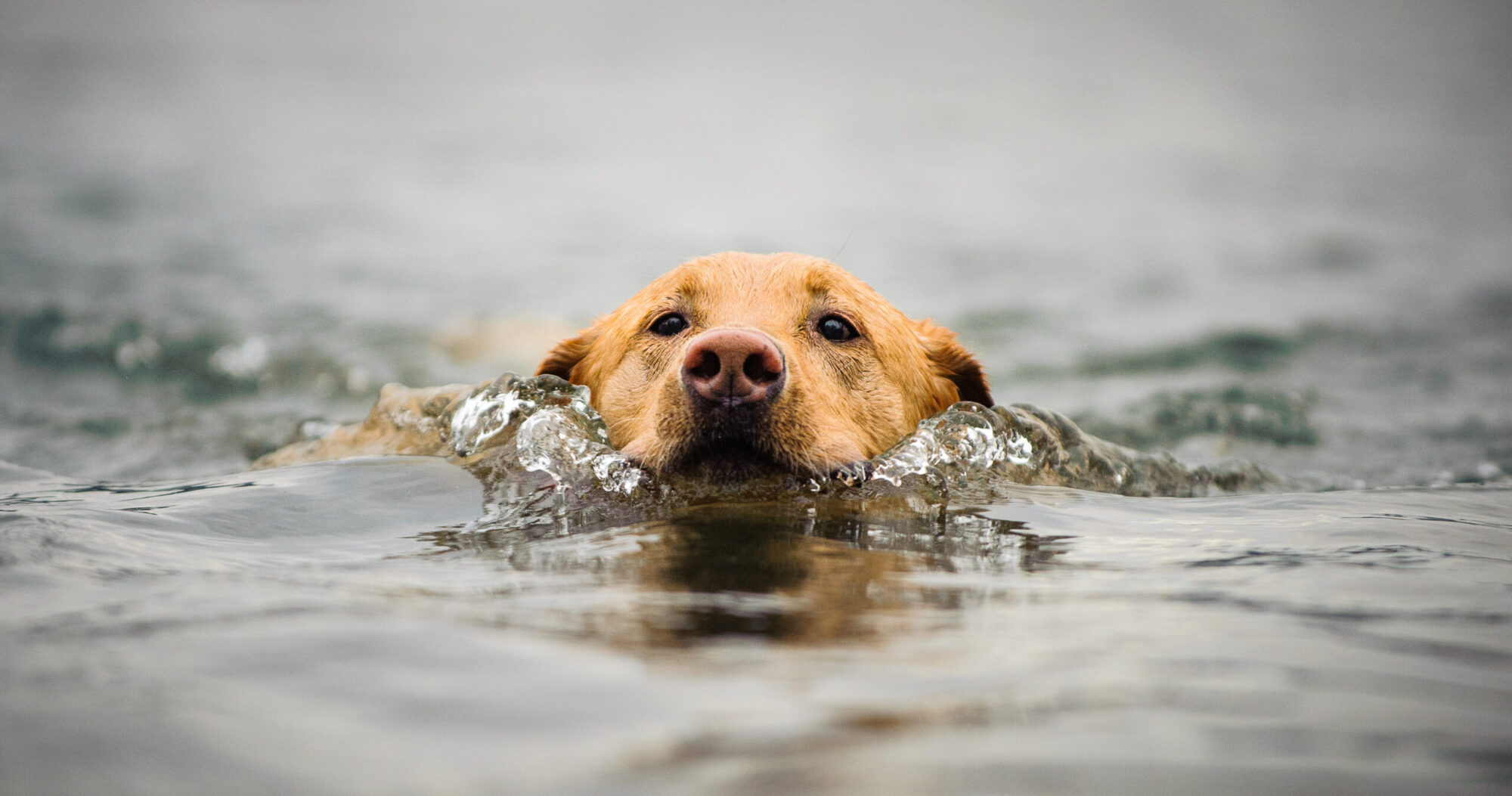
Dog breeds evolve over time, and many dilute Lab fans argue that breeders like Stalnaker are responsibly meeting consumer demand. Just because a Lab inherits a dilute color gene and has a slightly different coat color does not mean that dog isn’t capable of fulfilling all the personality and physical traits of the breed. Despite criticism from traditional Labrador loyalists like Wilson, some owners still register dilute Labs under traditional AKC colors. For example, since the AKC only offers choices of black, yellow, and chocolate, a “polar white” dilute Lab owner might register their pup as a yellow Lab.
“They’re promoted, and unfortunately, advertised as rare and desirable, and the AKC is going to recognize them,” says Wilson. “But all of these things are just their propaganda. Don’t buy one from people who are breeding these dilutes, no matter what kind of snake oil salesman they may be.”
Meanwhile, Stalnaker runs into the occasional negative quip about her Labs, but generally people are civil.
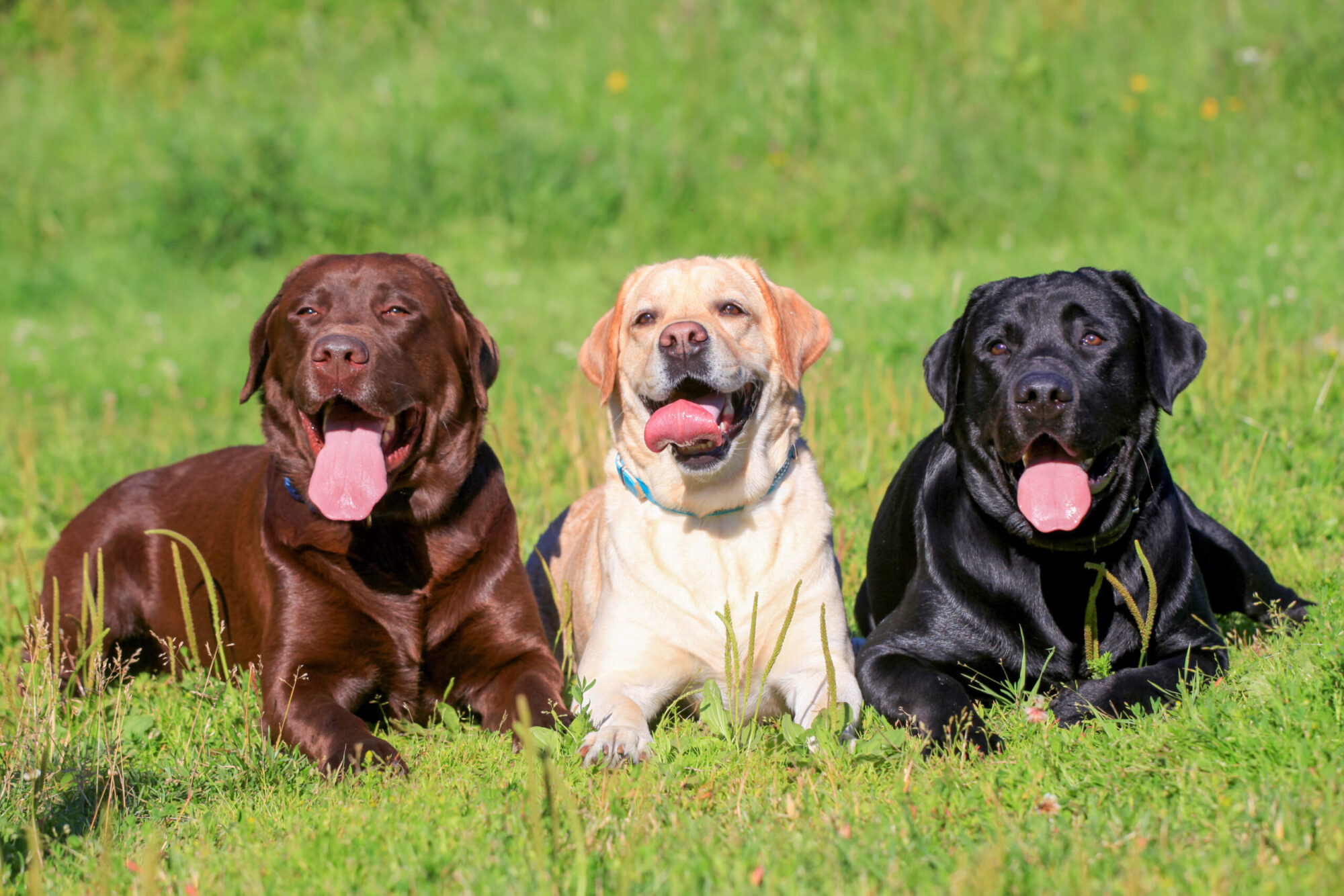
“Once in a while, I will get a comment on the open Facebook page, but I choose not to argue with anyone,” she says. “People have their opinions, and you’re not going to change their minds. If anybody is nasty, I just block them. But it’s [usually] a respectful disagreement.”
Read Next: Golden Retriever vs Labrador Retriever: Which Hunting Breed Is Better?
The new variety of Labrador retriever colors is probably here to stay, since the consumer demand is high. But the dilute Labs will probably remain on the outskirts of the Lab community for the foreseeable future, while the traditional Labrador retriever colors of black, chocolate, and yellow continue to win hearts and field trials alike.

